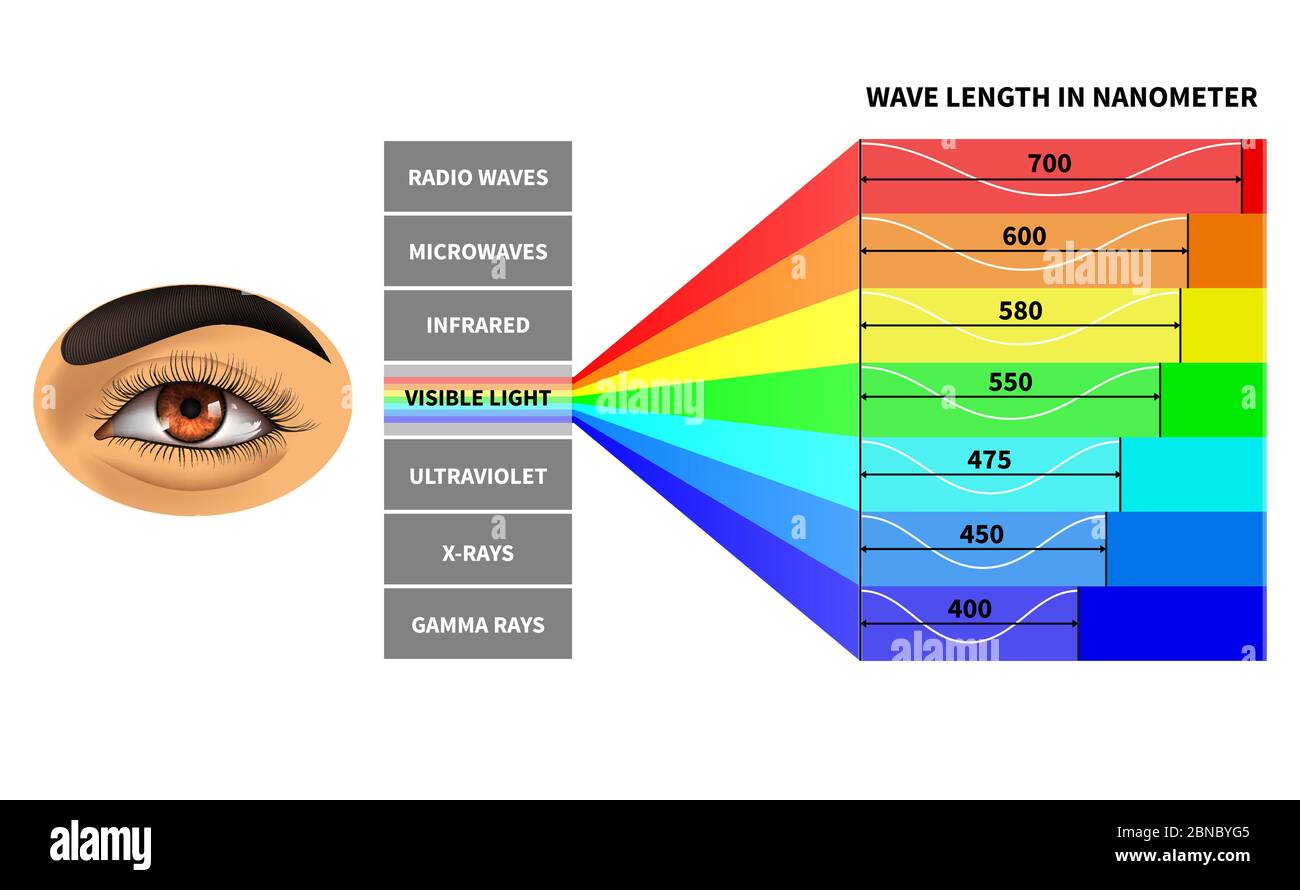Light: The Visible Electromagnetic Spectrum
- Get link
- Other Apps
Light: The Visible Electromagnetic Spectrum
Introduction:
Light is a fascinating phenomenon that surrounds us every day. It allows us to perceive the world and plays a crucial role in various aspects of our lives. In this article, we will explore the nature of light, its properties, and its significance as a part of the visible electromagnetic spectrum.
Understanding Light:
Light is a form of electromagnetic radiation that is visible to the human eye. It consists of tiny packets of energy called photons that travel in waves. These waves propagate through space or a medium, allowing light to reach our eyes and enable vision. The study of light falls within the field of optics, which encompasses the behavior and properties of light.
Properties of Light:
Light possesses several key properties that contribute to its behavior and interactions:
1. Wavelength: Wavelength refers to the distance between successive crests or troughs of a light wave. It is denoted by the symbol λ (lambda) and is typically measured in nanometers (nm) or micrometers (μm). Different colors of light correspond to different wavelengths within the visible spectrum.
2. Frequency: Frequency is the number of wave cycles that pass a given point in a second. It is measured in hertz (Hz) and is denoted by the symbol ƒ (nu). The frequency of light is inversely proportional to its wavelength, meaning that shorter wavelengths correspond to higher frequencies.
3. Speed: Light travels at a constant speed in a vacuum, known as the speed of light. This speed, denoted by the symbol c, is approximately 299,792 kilometers per second (km/s). The speed of light is a fundamental constant in physics and plays a crucial role in determining the behavior of light.
4. Reflection and Refraction: Light can undergo reflection and refraction when interacting with different materials. Reflection occurs when light bounces off a surface, while refraction refers to the bending of light as it passes from one medium to another. These phenomena are responsible for how we see objects and the formation of images in mirrors and lenses.
The Visible Electromagnetic Spectrum:
The electromagnetic spectrum encompasses a wide range of electromagnetic waves, including light. Within the spectrum, light occupies a specific region known as the visible spectrum. The visible spectrum is the range of wavelengths of light that can be detected by the human eye, resulting in the perception of different colors. It spans approximately 400 to 700 nanometers (nm) in wavelength.
The Colors of the Visible Spectrum:
The visible spectrum is often represented as a rainbow or color wheel, showcasing the different colors of light. These colors, in order of increasing wavelength, are:
1. Violet: Violet light has the shortest wavelength within the visible spectrum, ranging from approximately 400 to 450 nm. It appears as a vibrant, bluish-purple color.
2. Indigo: Indigo lies between violet and blue, with wavelengths ranging from about 450 to 475 nm. It appears as a deep blue-violet color.
3. Blue: Blue light ranges from around 475 to 495 nm. It is commonly associated with a calm, cool, and serene aesthetic.
4. Green: Green light spans wavelengths of about 495 to 570 nm. It is associated with nature, growth, and balance.
5. Yellow: Yellow light ranges from approximately 570 to 590 nm. It is often associated with warmth, brightness, and positivity.
6. Orange: Orange light spans wavelengths of about 590 to 620 nm. It is a warm and vibrant color commonly associated with energy and enthusiasm.
7. Red: Red light has the longest wavelength within the visible spectrum, ranging from around 620 to 700 nm. It is a bold and intense color often associated with passion, power, and warmth.
Applications and Significance:
The visible spectrum of light holds immense significance in various fields and applications:
1. Vision and Perception: The human eye is sensitive to the wavelengths of light within the visible spectrum, allowing us to perceive and distinguish different colors. The ability to see and interpret the visible spectrum is crucial for navigation, object recognition, and understanding our surroundings.
2. Art and Design: Artists, designers, and photographers utilize the colors of the visible spectrum to evoke emotions, create visual impact, and convey messages. Understanding the properties of light and its interaction with colors is essential in the creation of aesthetically pleasing compositions.
3. Lighting and Illumination: The visible spectrum plays a crucial role in lighting and illumination. From natural daylight to artificial lighting sources, the choice and manipulation of colors within the visible spectrum can significantly impact the ambiance, productivity, and well-being of individuals in various environments.
4. Communication and Signaling: The visible spectrum is utilized in various signaling systems, such as traffic lights, emergency signals, and visual communication methods. Different colors within the spectrum convey specific messages, warnings, and instructions.
5. Scientific Research: Scientists and researchers use light within the visible spectrum to study the properties of materials, analyze chemical reactions, and investigate the behavior of particles at the atomic and molecular levels. Techniques such as spectroscopy rely on the interaction of light with matter to provide valuable insights into diverse scientific disciplines.
Conclusion:
Light, as a part of the visible electromagnetic spectrum, is a fundamental and remarkable phenomenon. Its properties, including wavelength, frequency, and speed, determine its behavior and interactions with matter. The visible spectrum, ranging from violet to red, allows us to perceive the world in vibrant colors and has significant applications in fields such as vision, art, lighting, communication, and scientific research. Understanding the nature of light and its role in our daily lives enhances our appreciation of the remarkable world of optics and the beauty that surrounds us.
- Get link
- Other Apps

Comments
Post a Comment